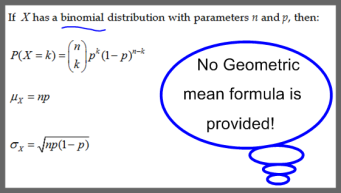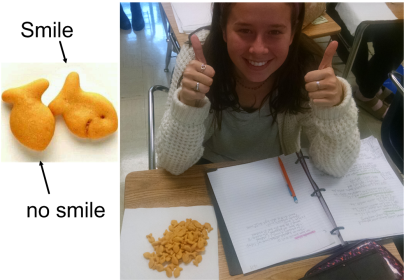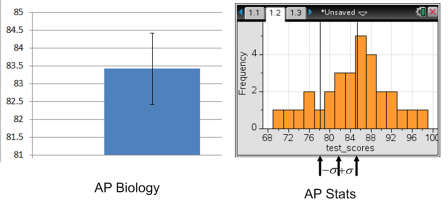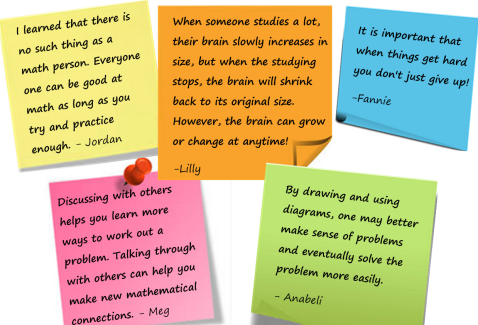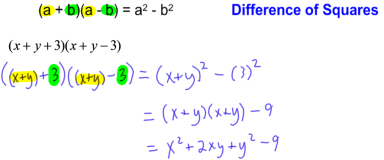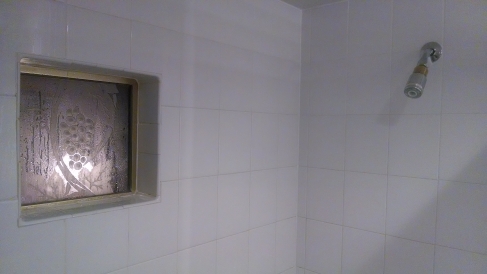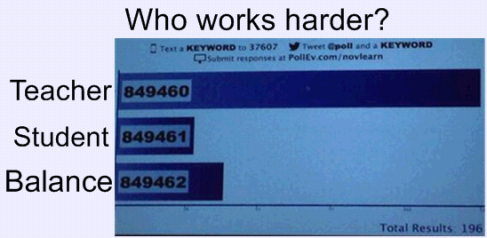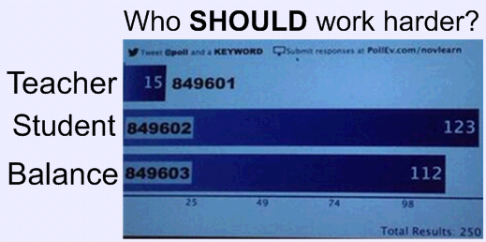Is Mathematics the most important subject in school? In a 2013 Gallop poll, Americans rated math as the most valuable subject they took in school. But does anyone believe that Math is twice as valuable as reading? Or that math is twice as valuable as writing? The College Board certainly does! Let me explain…
You may be aware that the PSAT/SAT exams have been redesigned. These tests are used to predict which students will succeed in college. Part of the rationale of the redesign is that they wanted to strengthen the assessment’s predictive validity. As the Test Prep Coordinator at my school, I have been trying to read up on the changes and how it will affect our students. None of the articles that I have read have highlighted how the new scoring system of the new PSAT/SAT exams places far more importance on Mathematics.
Under the old scoring system, Math, Reading & Writing were all equally weighted (each subject was 1/3 or about 33% of the total score). Under the new scoring system, 1600 is a perfect score, with 800 possible points coming from the math tests. The other 800 possible points come from equal parts of Reading and Writing. Here is a summary of the redesigned SAT scoring system when compared to the ACT scoring system.
Old SAT Scoring: Math (33.3%), Reading (33.3%), Writing (33.3%)
Redesigned SAT Scoring: Math (50%), Reading (25%), Writing (25%)
ACT Scoring: Math (25%), Reading (25%), Writing (25%), Science Reasoning (25%)
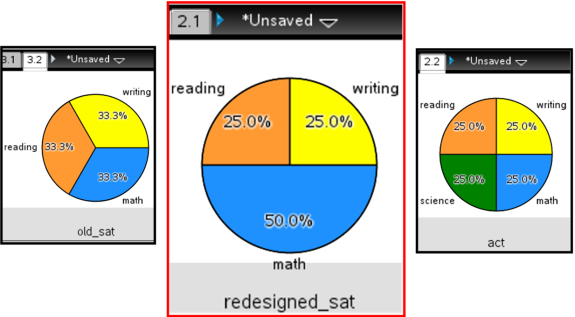
As you can see, math takes up a much bigger slice of the pie (1/2 of it)! What does this massive scoring change mean for students? The obvious conclusion is that students need a deeper understanding of mathematics. The redesigned SAT makes mathematical fluency, writing equations, and knowing the meaning of variables more than just simply solving equations. It makes sense for students to spend more time prepping for the math section for two reasons:
- Math is now 50% of the SAT score (twice as important as the Reading or Writing sections)
- Math section has changed more dramatically than each of the other two sections (it was a shock to my students how different the questions were in the math section)
Having taught at an all-girls school for the last six years, I think there is a bigger issue at play here. I wonder how the scoring of the redesigned SAT tests will affect the gender gap? What is the gender gap?
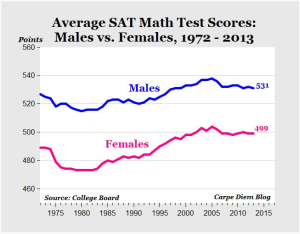
As this graph demonstrates, the gender gap is particularly evident in the Math section of the SAT (Girls score on average 32 points lower than boys). https://www.aei.org/publication/2013-sat-test-results-show-that-a-huge-math-gender-gap-persists-with-a-32-point-advantage-for-high-school-boys/ The gender gap is problematic because the SAT is supposed to predict college success. Can any test really do a good job of that? I’m not so sure that is possible. The problem is that girls do better in high school by almost every statistical measure (top 10%, GPA, take more AP classes, more take 4 years of both math and science). They actually do better in college as well. The SAT exam? Not so much. Is that fair?
FairTest.org points out the financial implications of the gender gap. Millions of dollars are at stake. In the 1990’s, more males received National Merit Scholarships. As a result, the College Board added the writing section to the SAT exam. http://www.fairtest.org/test-makers-revise-nat-merit-exam-address-gender-bias-fairtest-complaint-will-lead-millions-more-gir. I didn’t realize that Title IX education law was applicable in this setting. By making changes to the SAT (adding the writing section), the College Board was indirectly admitting that their exam was gender biased.
Why is the College Board redesigning the SAT? Again, it could be coming down to money. The SAT is losing market share to the ACT. Of course, there could be other reasons, but it would be hard to ignore that this may have contributed to the change.
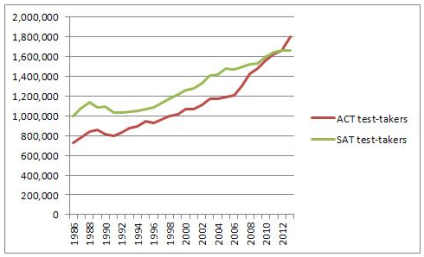
http://www.washingtonpost.com/blogs/wonkblog/wp/2014/03/05/why-the-sat-is-really-changing-its-facing-tough-competition-from-the-act/
How will the new SAT changes affect the gender gap? I think it is a case of one step forward and two steps back. First the good news. The redesigned SAT has eliminated the guessing penalty. The ACT exam does not have a guessing penalty and they have done a better job of minimizing the gender gap. One theory is that males tend to be bigger risk takers and are more willing to take a guess if they are not sure of the answer. On the other hand, girls tend to be more cautious and can be unwilling to answer a question unless they know they are correct. In my opinion, eliminating the guessing penalty should help minimize the gender gap. Why? Because with no penalty, everyone guesses on every question. The risk-taker advantage is removed.
However, changing the scoring system should have a negative impact on the gender gap. The gender gap is most evident in the math portion of the SAT exam. By making the math section count as 50% of the SAT score (instead of 33.3%), the scoring change only exacerbates the gender gap problem. I think there are a lot of good things that are part of the redesigned SAT, but looking at the big picture, I think that the gender gap may grow larger. Why isn’t anyone talking about the scoring change for the redesigned SAT? I hope this blog post gets the conversation going. Please share your thoughts in the comments section below.
